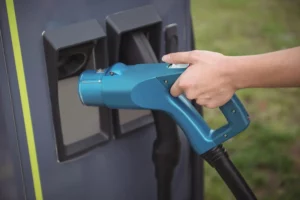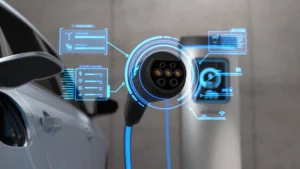
Home / EV Charging News / Home Dual EV Chargers: Efficient Solutions for Charging Two Vehicles
With the increasing popularity of electric vehicles (EVs) in recent years, many families are purchasing more than one EV. This shift creates a need for efficient and effective charging solutions that can accommodate multiple vehicles. Home dual EV chargers present an ideal solution, allowing two vehicles to be charged simultaneously without the need for multiple individual chargers. This article will delve into the benefits of dual EV chargers, key features to consider, and recommendations for selecting and installing these chargers in your home.
Dual EV chargers are designed to charge two electric vehicles simultaneously from a single electrical source. They can come in the form of integrated units with two charging cables or single units with splitter cables that distribute power to both vehicles. Dual chargers manage the power distribution between two vehicles, ensuring both receive adequate charging without overloading the electrical system.
Dual EV chargers offer numerous advantages for households with multiple electric vehicles. These benefits include:
When selecting a dual EV charger, several key features should be considered to ensure optimal performance and compatibility with your electric vehicles.
Proper installation of a dual EV charger is crucial to ensure safety and efficiency. Several factors should be taken into account during the installation process.
To ensure your dual EV charger operates optimally, regular maintenance and troubleshooting are necessary.
As technology advances, several trends are emerging in the field of dual EV charging.
Investing in a home dual EV charger is a smart and efficient solution for households with multiple electric vehicles. These chargers offer numerous benefits, including convenience, cost savings, and efficient power management. By considering key features such as charging speed, compatibility, safety, and smart capabilities, you can select the best dual EV charger to meet your needs. Proper installation and maintenance will ensure your charger operates safely and effectively, providing a reliable solution for your electric vehicle charging needs now and in the future.



